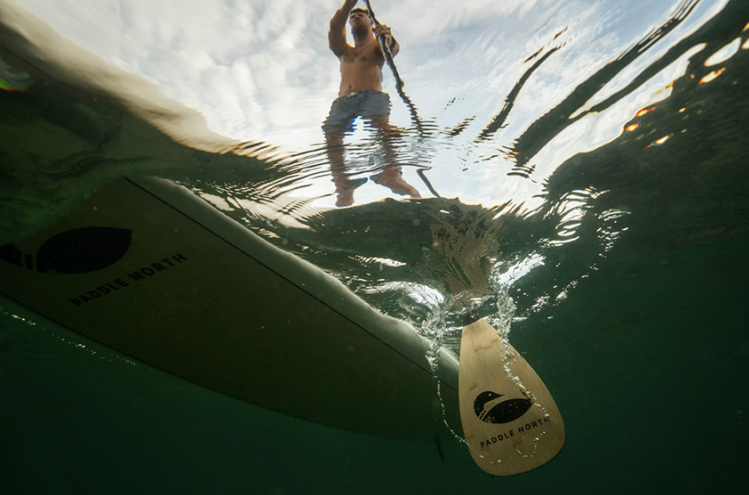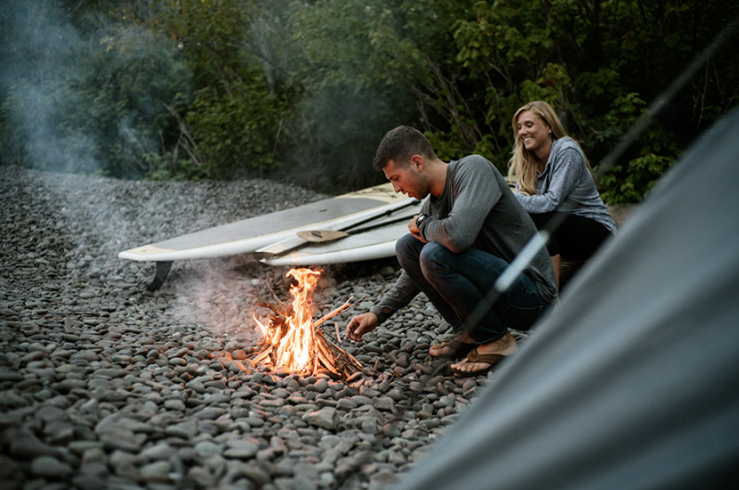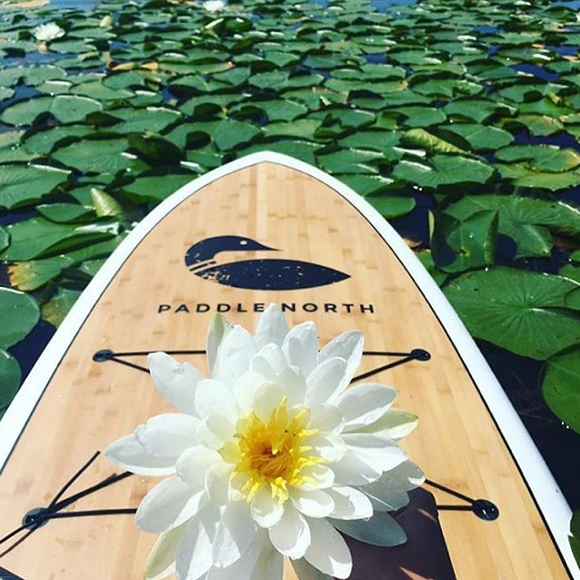Much of the world is well on its way to a much-deserved summer and more opportunities to get outside. Everyone is preparing to come out of hibernation to start exploring the parks, trails, and lakes in their backyards. As you get ready to take your paddleboard out of storage, it’s important to think about how you will stay fueled and hydrated while taking advantage of the outdoors. Read on to learn about how electrolytes specifically play a role in promoting overall good health in the warmer months ahead.
So...What Are Electrolytes?
Electrolytes are essential for performing a variety of metabolic functions. They start as minerals including sodium, potassium, calcium, chloride, magnesium, and phosphorus that are found in a wide variety of foods. Once digested, these minerals dissolve into ions that help regulate nerve and muscle function, maintain hydration, and sustain acid-base balance in our systems.

How Can I Manage My Electrolyte Intake?
The body does an excellent job of adapting to electrolyte imbalances on its own, but it is still important to think about how you can maintain levels to feel good during any outdoor endeavor. Those who may need a higher intake include athletes, those with kidney disease or similar illnesses, and individuals with specific conditions such as sweat disorders. Individuals experiencing extreme electrolyte imbalances may feel symptoms including weakness, fatigue, headaches, and even seizures. The risk of these symptoms is low for those who can follow these simple steps to hydrate and replenish electrolytes throughout your spring and summer activities.
1. Hydrate! This is just one piece to the puzzle, but carrying and sipping a water bottle throughout the day is a surefire way to avoid dehydration and help manage sodium levels in your system. A rule of thumb for activities lasting more than an hour is to consume eight to ten ounces of water every 15 to 30 minutes.

2. Choose colors. Fruits and vegetables such as sweet potatoes, avocados, bananas and dark leafy greens are rich in potassium and calcium. The more colors on your plate, the more minerals you’ll consume.
3. Be salty. Saltier snacks such as pretzels, trail mix, and crackers are great options for hotter days spent outside. Unless you have a condition that limits your salt intake, packing snacks like these are a good option to supply the sodium you need.

4. Wear sunscreen, light layers, or a hat to conceal skin when in the sun. Monitor the amount of time spent in direct sunlight, and be wary of harmful UVB rays that lead to sunburns, which only perpetuate dehydration.
5. Try supplemental options. Excessive heat, exercise lasting longer than an hour, high altitudes, and sickness may warrant the need to supplement electrolytes. Sports drinks alone tend to have lots of sugar, but oral rehydration solution products such as DripDrop, Nuun hydration tablets, and Skratch Lab products are all viable options to enhance hydration.
The Bottom Line
When gearing up for the outdoors, you can be proactive in packing the food and fluids you’ll need to stay feeling good. Develop a healthy balance by getting your electrolytes through a wide variety of food sources. Even under extreme conditions, you can find a way to manage your electrolyte levels through supplementation. Know your body, be proactive, and start the countdown to the adventures ahead!




Leave a comment
All comments are moderated before being published.
This site is protected by hCaptcha and the hCaptcha Privacy Policy and Terms of Service apply.